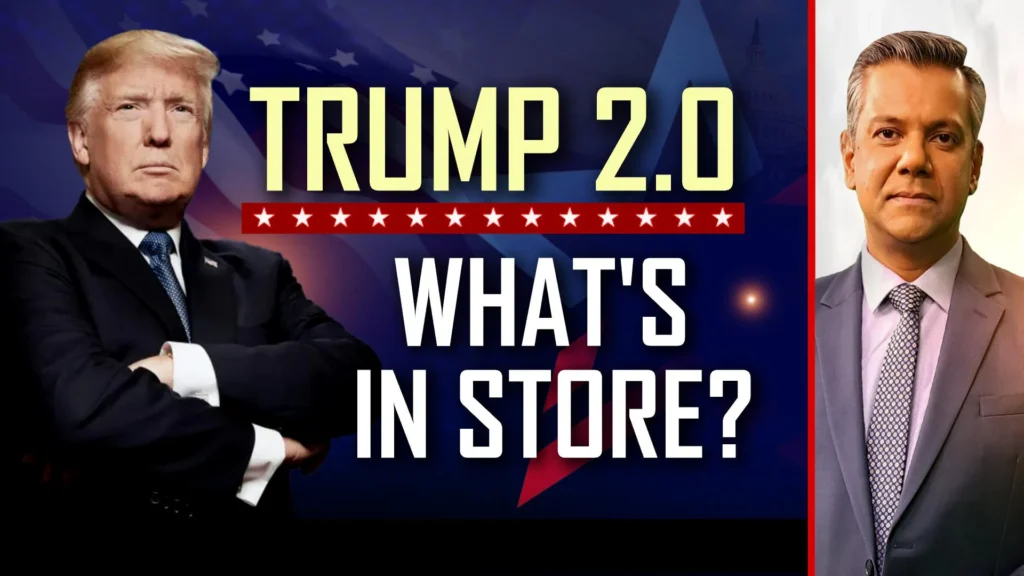Introduction: A New Era or More of the Same?
The possibility of Donald Trump returning to the White House in 2025 has sparked intense debate across various communities. For Indian Americans, one of the fastest-growing and most influential immigrant groups in the United States, Trump 2.0 could bring opportunities, challenges, and uncertainties. What could another Trump presidency mean for Indian Americans in terms of immigration, economic ties, and community dynamics?
Trump 2.0: A Mixed Bag for Indian Americans
Immigration Policies: A Double-Edged Sword
Under Trump’s first term, immigration was a hot-button issue. Indian Americans, many of whom rely on H-1B visas for employment, faced hurdles due to stricter visa requirements and extended processing times. While Trump’s policies aimed to “protect American jobs,” they inadvertently affected thousands of skilled Indian workers.
- Fact Check: According to the U.S. Department of Homeland Security, H-1B visa denials increased by 30% during Trump’s first term.
- Potential Impact: A second Trump term might revisit these restrictive policies, potentially slowing the influx of skilled Indian professionals. However, Trump has shown interest in merit-based immigration, which could benefit high-skilled Indian workers in tech and healthcare.
U.S.-India Relations: Strengthening Strategic Ties
One of Trump’s hallmark achievements was strengthening the U.S.-India strategic partnership. From trade deals to defense collaborations, Indian Americans witnessed the deepening of ties between the two democracies.
- Key Highlight: Trump’s participation in the 2019 “Howdy Modi” event symbolized his commitment to the Indian diaspora and U.S.-India relations.
- Looking Ahead: A Trump 2.0 administration might continue fostering this relationship, creating opportunities for Indian American entrepreneurs and businesses involved in cross-border trade.
Social Dynamics: Polarization or Inclusion?
Indian Americans, like other minority groups, were not immune to the societal polarization witnessed during Trump’s first term. Concerns about hate crimes and racial profiling grew among community members.
- Statistics: FBI data indicated a rise in hate crimes against South Asians during Trump’s presidency.
- Potential Outcomes: Trump’s rhetoric and policies in a second term could either exacerbate divisions or pave the way for more inclusive initiatives, depending on his administration’s approach.

What Can Indian Americans Do to Prepare?
Stay Engaged Politically
Indian Americans have a growing influence in U.S. politics. By participating in elections and advocating for policies that benefit the community, they can shape the narrative.
Strengthen Community Networks
Building robust support systems within the community can help mitigate potential challenges, from immigration issues to societal discrimination.
Leverage Economic Opportunities
Whether it’s through entrepreneurship or investment in U.S.-India trade, Indian Americans can capitalize on the likely continuation of strong bilateral relations.
Conclusion: A Time for Vigilance and Opportunity
Trump 2.0 presents a unique mix of challenges and opportunities for Indian Americans. By staying informed, proactive, and united, the community can navigate potential hurdles and leverage the benefits of a second Trump administration. The future may be uncertain, but preparedness can turn it into a period of growth and resilience.